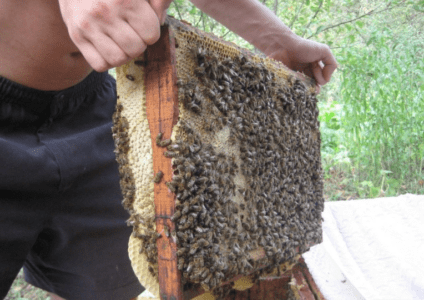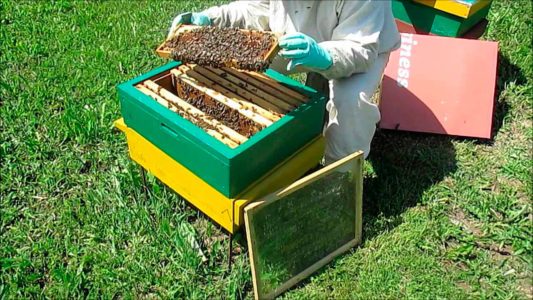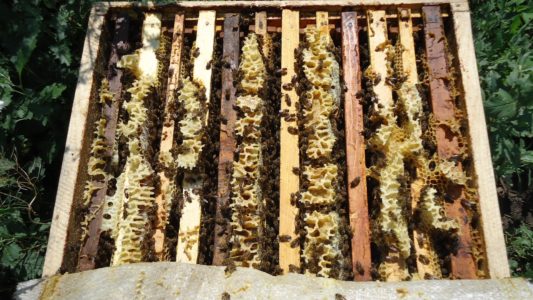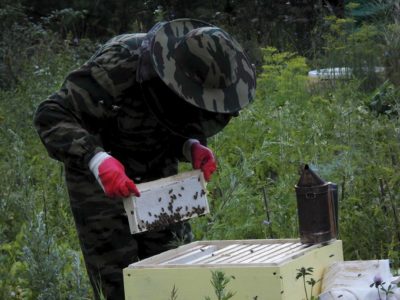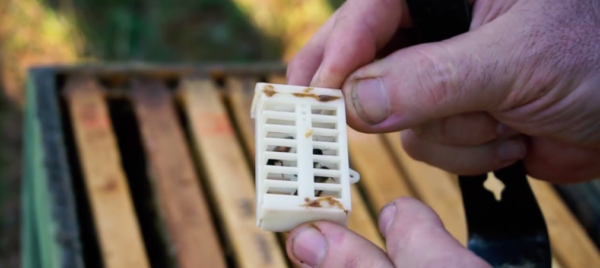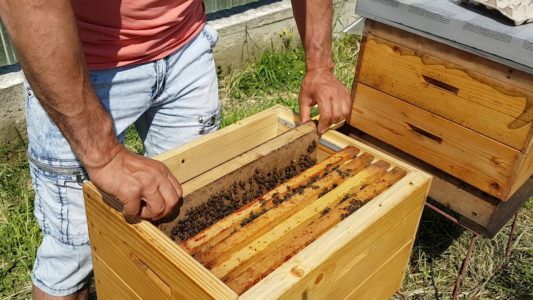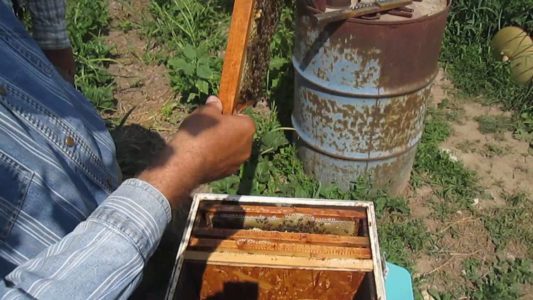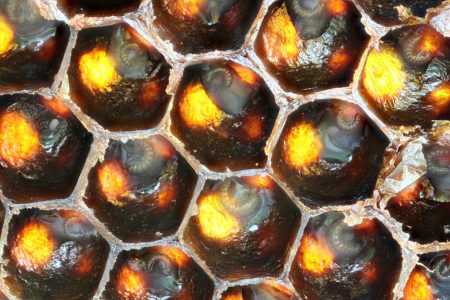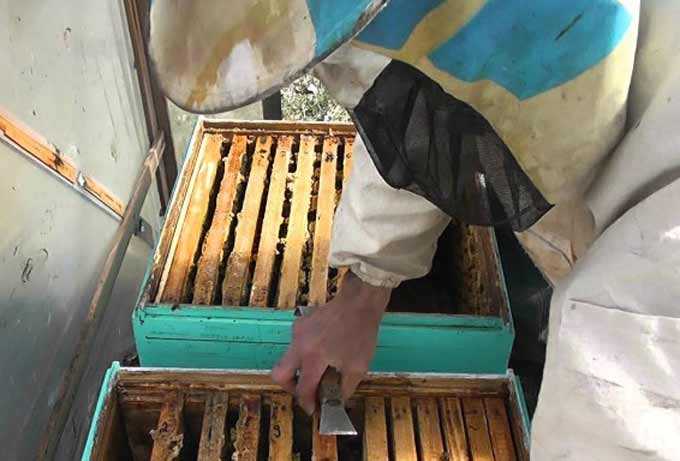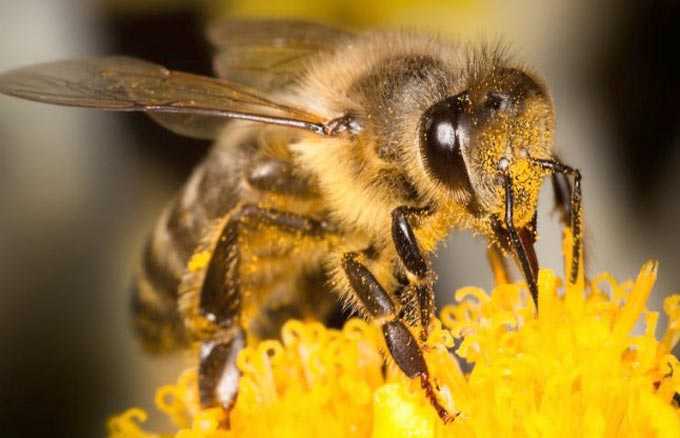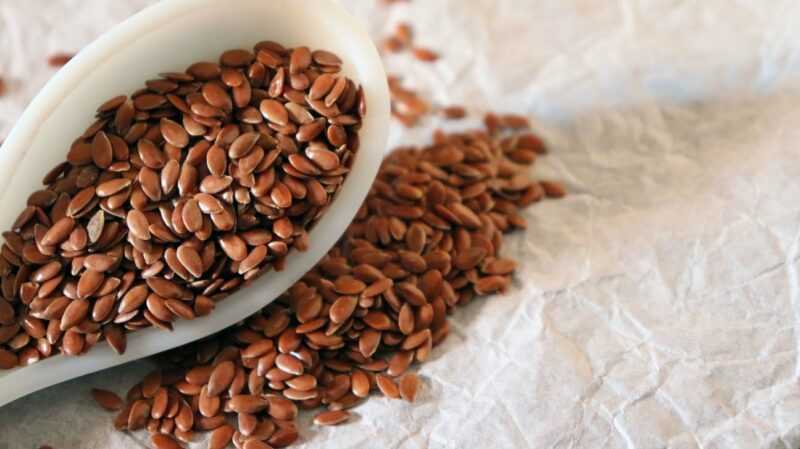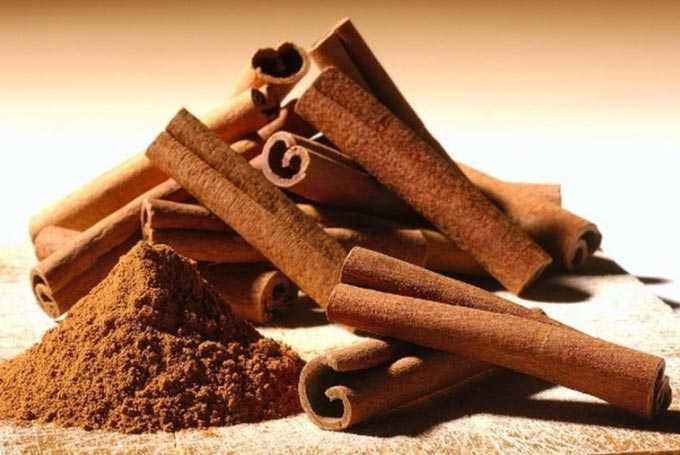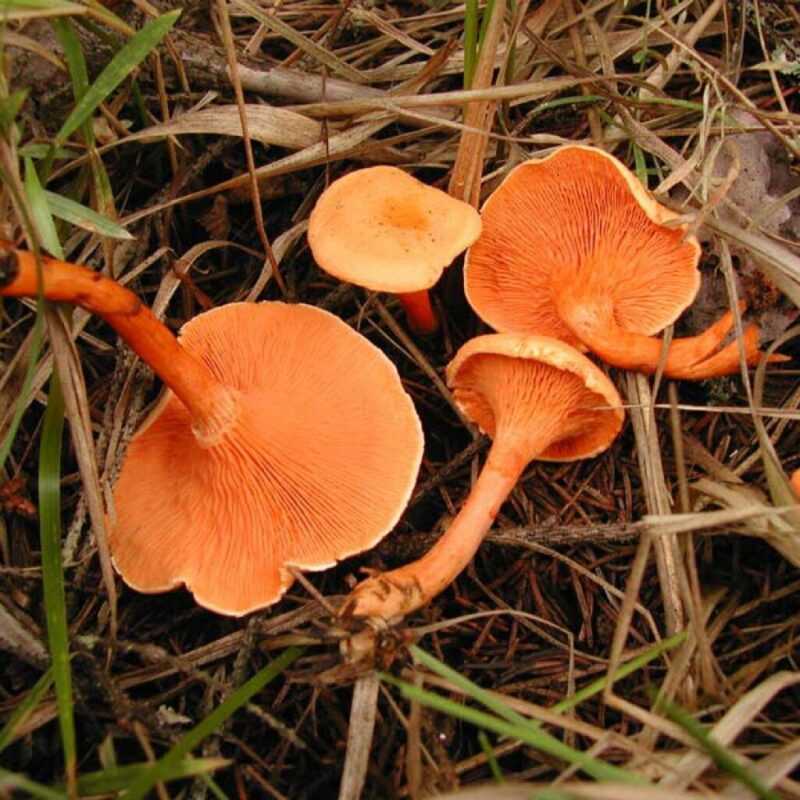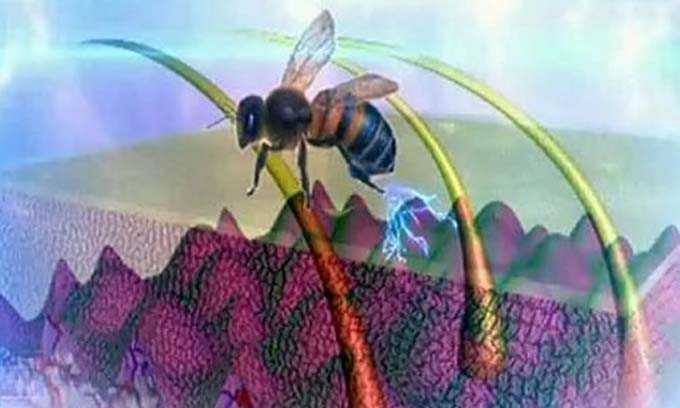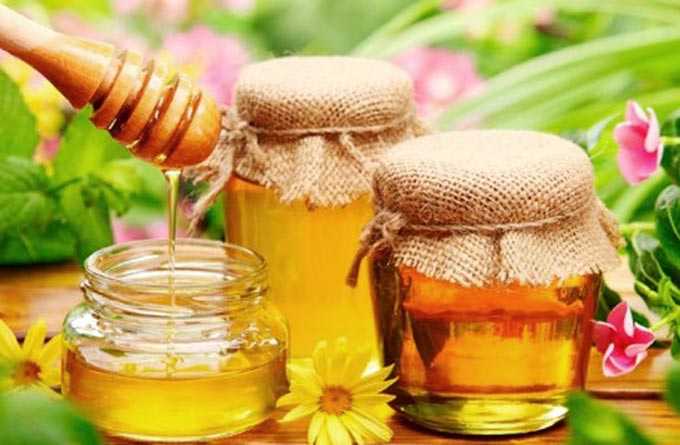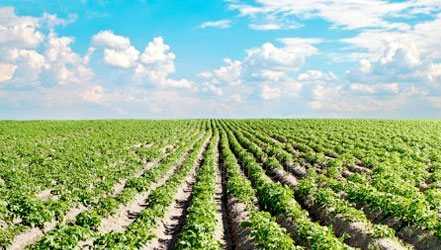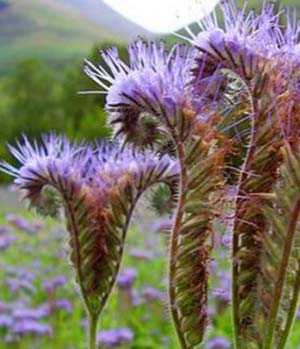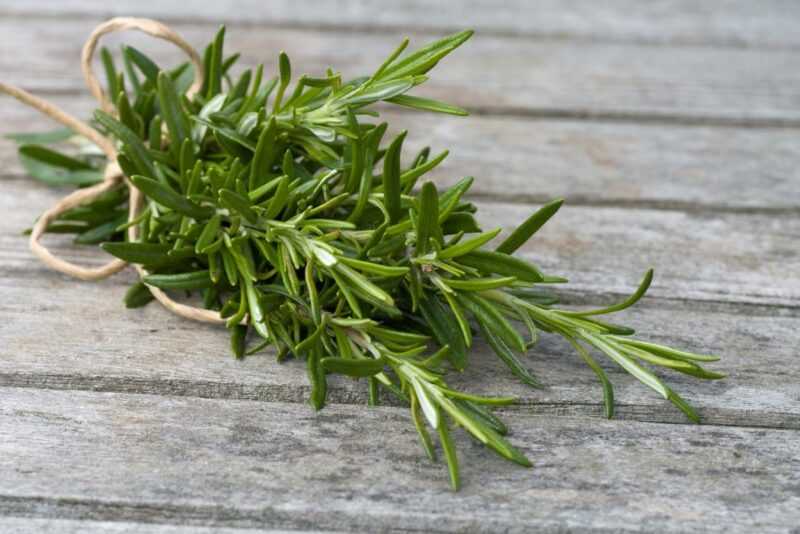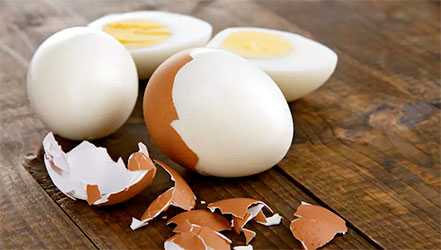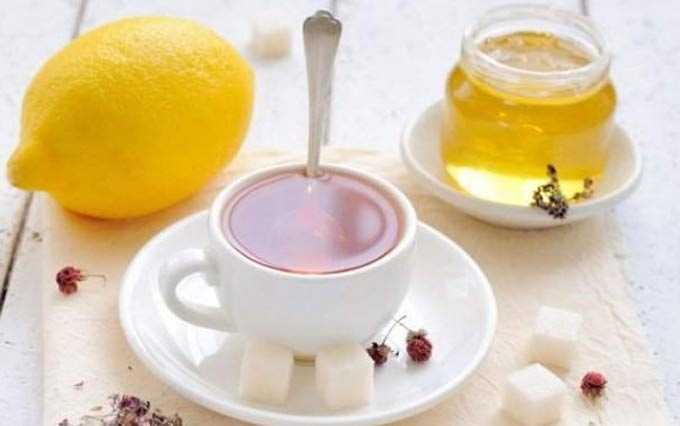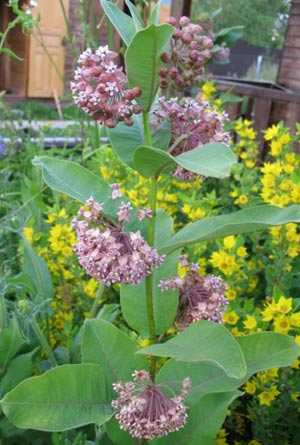Every beekeeper looking to expand an apiary should have the knowledge of how bee layering is done. Similar skills will be required during the preparation of cores, to restore the apiary after an audit, as well as if it is planned to organize the sale of pedigree bees.
Types of layers and their features
Laying of bees happens with a fertile and barren queen or with a mature queen cell. They are also classified according to other features:
- the family is formed only from young individuals;
- consists only of old bees;
- insects of different ages.
If the bee layers consist of young animals, they become full-fledged after the appearance of flight worker bees. The young swarm welcomes the fertile and barren queen. But the formation of bee layers only from old bees is fraught with the fact that in the selected family the number of toilers will not increase until there are no young insects.
Important!
Selection for a new hive can be made on the basis of several families at once. At the same time, before performing insect transplantation, the new bee house is treated with mint broth so that the transplanted individuals acquire a common smell.
New layers are replenished with young and old bees. This process is lengthy and labor-intensive. However, the result is worth it.
Use of individuals of different ages
There are two ways to form layering bees:
- A new empty one is placed close to the old hive. Then the insects are released, and the one-day sowing frames and honey are transferred to a new bee house. The uterus is not touched, the individuals themselves take it out. Arriving from the collection of honey, the toiler bees settle in both hives and after 4 days the inhabited hives move apart;
- In a new empty hive, a queen bee is transferred from a mature queen cell, frames with sowing and honey and bees are workers. Further, the entrance is closed, while it is necessary to ensure normal air circulation. Then, the new bee house is transferred to another apiary. To prevent insects from returning to their original place, the distance between the new and old apiary should be at least 5 km.
When starting to create a new swarm, the beekeeper must also take into account the weather conditions. It is better to perform a similar procedure in May. An exception is the purchase of a breeding female. If a queen is purchased for a new swarm, she is planted as soon as the worker bees leave the hive.
Layers of young bees
Families of insects are simple and modular. Several hives with strong swarms are selected to form a team. It is better to sample bees as the harvest approaches. Since during this period one of the families should not be weakened. Moreover, in the spring, workers are more susceptible to diseases. But if, to make a sample at the same time from 2,3 or 4 hives, the performance will remain at the same level.
As for the simple ones, they are made from one hive. It can be formed both from a swarm of different ages, and from young animals. At the same time, there is one indisputable advantage in favor of young insects, workers accept both fertile and barren queen.
You can get a strong swarm if you start its formation after the appearance of flight bees. This option for increasing the apiary has a drawback, with a shortage of insect workers, it will not be possible to create a strong family. Therefore, with a shortage of working bees, selection is not carried out until the main colonies are strengthened. And only then do the layering of bees begin.
Cutting from old bees
When planning to start forming a family of old bees. The newly created swarm is necessarily supplemented by young workers. Since a swarm consisting only of mature insects will not develop and grow.
Layers of young and old bees
In order for the new bee colony to be productive and develop rapidly, it is recommended to sample with individuals of different ages. However, this method requires more time and effort from the beekeeper. In addition, before sampling, you will need to prepare the hive:
- the selected hive is transported from the apiary to a distance of 5 km so that the bees do not return to their original place;
- a new bee house is treated with a decoction of lemon balm or mint. In this case, all insects will have the same smell;
- then a bee transplant is performed.
Important!
It is better to create layers from strong families. In this way, it will be possible to avoid complete filling of the frames in the hive. This method is also an effective prevention of swarming.
The advantage of this method is that individuals immediately go for honey and are engaged in increasing offspring. But, there is also a minus, adult flying individuals are often aggressive towards someone else’s uterus. Therefore, it is not always possible to form a new swarm in this way.
Layers with the presence of a fetal uterus
A new queen is needed to create a layering. You can buy it in a nursery where female bees are bred. The second way is to bring out the new queen yourself. For this, any adult uterus is used. It does not matter whether it is fertile or infertile. Still, forming a new swarm with a fertile queen is safer.
Using a purchased uterus, the beekeeper creates an early layer around her. Due to this, within a few days after planting, the uterus will begin to lay eggs. If you plan to form a family with a purchased uterus, the procedure begins 5-6 weeks before the start of honey collection.
As for the disadvantages of this method, there are 2 of them: the high cost of the purchased uterus and the risk of losing it if improperly replanted. After the infusion is completed, the uterus immediately begins sowing.
If the beekeeper failed to acquire a fetal specimen, you can go a more complicated way and form layers with a barren insect. To do this, before the start of the flyby, a good swarm is installed in a new hive, into which an infertile individual is launched. As a rule, after 5 days she will be accepted into the bee colony.
Throughout the summer, the cuttings will get stronger. In view of what, great results are not yet worth waiting for. The disadvantages of this method include a significant delay in the development of a bee swarm.
Layering with the presence of an adult uterus
Using the native queen allows you to create a new and strong swarm. This method does not require additional cash investments. To do this, the queen is removed from the hive, as a result of which the orphaned bees breed young females, more actively harvest and take care of the brood. This method helps to breed new bee colonies. In addition, the amount of collected honey will increase. This formation of the layering was called the Kashkovsky method.
The necessary conditions
It is necessary to start forming a new bee colony taking into account the following recommendations:
- in the southern regions it is better to create a new swarm in May. In cold and temperate regions, the selection begins not earlier than July. Since insects need to recover after prolonged cold weather;
- with the onset of spring, first layering from those families that give the least honey;
- the optimum temperature for layering is + 25C. With other temperature indicators, the fetal individual will not leave the hive, which means that the meeting with the drone will not occur;
- the bee family must have drones responsible for fertilization;
- the formation of the layering is started in advance in order to get the tribal queen;
- it is not advisable to create a new swarm immediately before the start of harvesting. Otherwise, the worker bees will be weakened.
Many beekeepers screen for a new swarm in July. It is advisable to start creating 40 days before the main flow, so that the queens have time to lay eggs. This will strengthen the worker insects before harvesting.
Preparation of layers with the uterus
You can form an early layer with a fetal bee. The tribal queen is available for purchase in May. However, it should be borne in mind that the price of a uterus is not always available. in addition, there is a risk of death of a fetal individual with improper replanting. Therefore, it is better to use a family fetus. Good indicators are given by the Central Russian bee.
Formation of a layering without a uterus
A layering without a queen can more easily accept a fetal individual from the mother liquor. However, it should be remembered that a new family will slow down development by two weeks.
In the absence of a second queen during sampling, the strongest bee colony is selected, which has 12 frames, they are divided into two halves with the brood and placed in a new hive. Houses for honey plants are installed in advance in the place of the old one, as soon as the workers leave for a bribe.
After returning from collecting bribes, individuals are separated and settled in both hives. With this method of formation, one family will be with the mother, and the other without her. After 3-4 days, the hives are checked to determine the presence of new queen cells. If any, they are carefully examined and discarded, leaving the 4 most powerful.
After rejection, a second check is done in a day. As a rule, the new queen should do the seeding. In its absence, insects are returned to their original place.
Formation of layering in spring
Increasing the productivity of the created swarm by 60% is a solvable task. For this, beekeepers make early prefabricated layering. This process is performed in the following sequence:
- select several strong families with at least 6 brood frames;
- 2 frames with non-flying young animals are removed from each;
- in total, the beekeeper should have 6 frames. This is enough to form a new layer.
After selection, a nest is prepared and frames with individuals are set in the center. Frames with honey and water are displayed on each side. Next, the newly formed nest is covered. As soon as the working insects leave the hive, they plant the queen.
Disadvantages and advantages of different methods
We wrote about the disadvantages and advantages of each method above. It remains to add the following:
- when making layering from young animals, it is necessary to wait for the appearance of flying insects. Only after that will the family become complete;
- when selecting old individuals for a new hive, the swarm will not develop;
- it is preferable to create a new colony of bees of different ages. It is difficult, but the result is worth it.
The creation of layering takes a long time and effort. Since the finished bee colony must be strong, take care of the brood and be ready to start harvesting. The recommendations above will help the beekeeper successfully expand his business and get a big harvest.
